I want to make a simple battery powered development board for my AVR's but the problem is that the regular 3.7v batteries or very big in size, so I decided to use a smartphone battery from one of my old phones, but can't seem to understand the logic how it works and I can't find datasheet anywhere for this product.
Here are the specs:
OEM HTC Li-Ion Standard Battery (35H00128-00M)
Rating: 1230mAh / 3.7V
Charging: 4.2V
I can't seem to find the charging current, but my power source gives out 1A, I guess it should be good enough, since it's a standard USB (from wall socket).
The battery has 3 pins, positive and negative terminals and additional negative terminal. By connecting multi-meter to the positive and negative terminal, I got 3.7V, everything was good for a while until it started to give out 0V, so I re-connected multi-meter to the second negative terminal (middle pin) and got 3.53v.
I'm assuming second negative terminal is used for battery level detection, but when I connected 4.21v/1A to the main battery terminals, after 20 minutes the voltage didn't increase and still displayed 0v at the main terminals and 3.53v at the 'negative status terminal'.
Does that mean I have to connect the charger to the 'other' negative terminal (the one which reports battery level) and drain the battery only through the main terminals? If this is the case, how would I be able to 'read' the battery status, if it would always report 4.21v while the charger is plugged in?
How can I charge this battery? Thanks!

